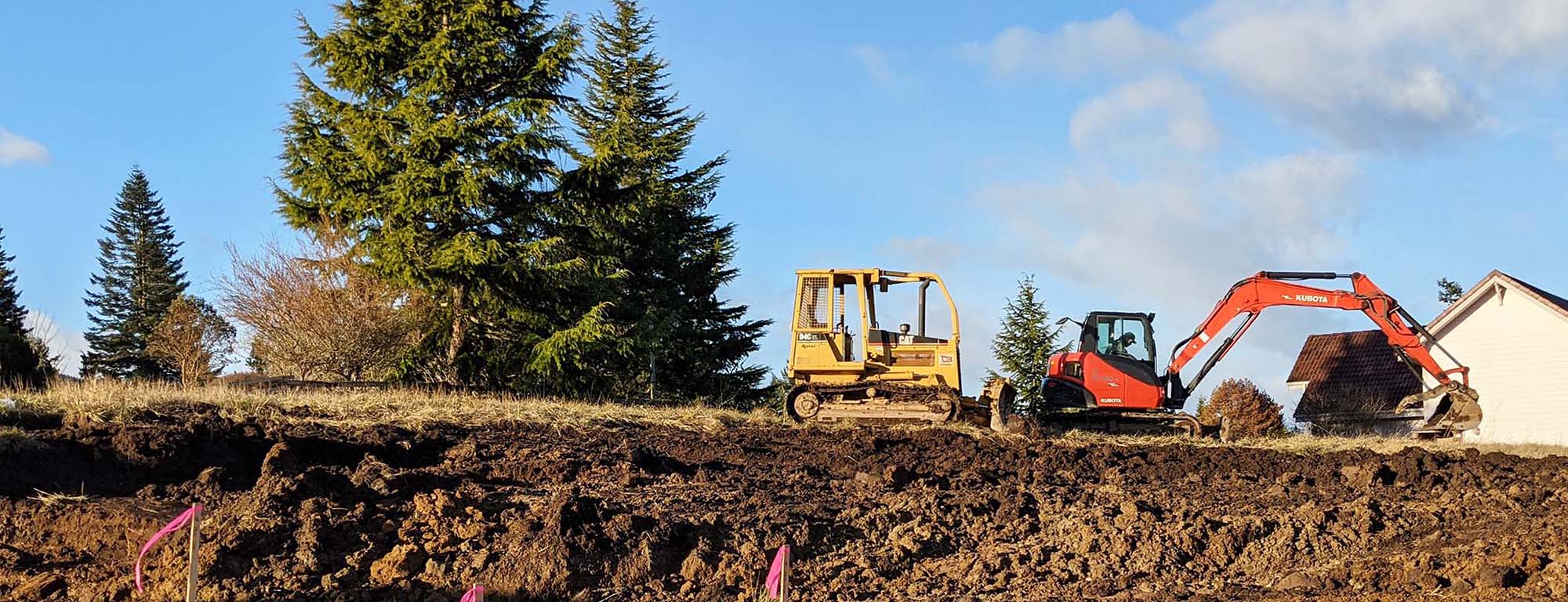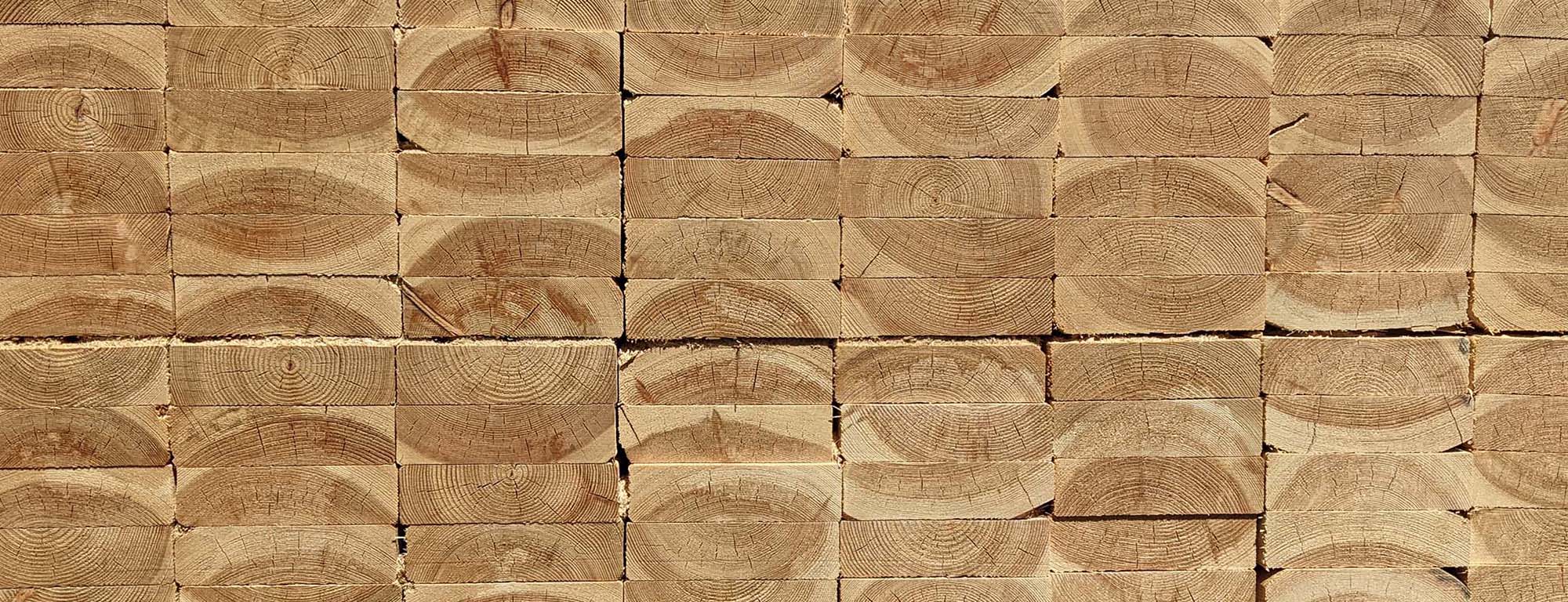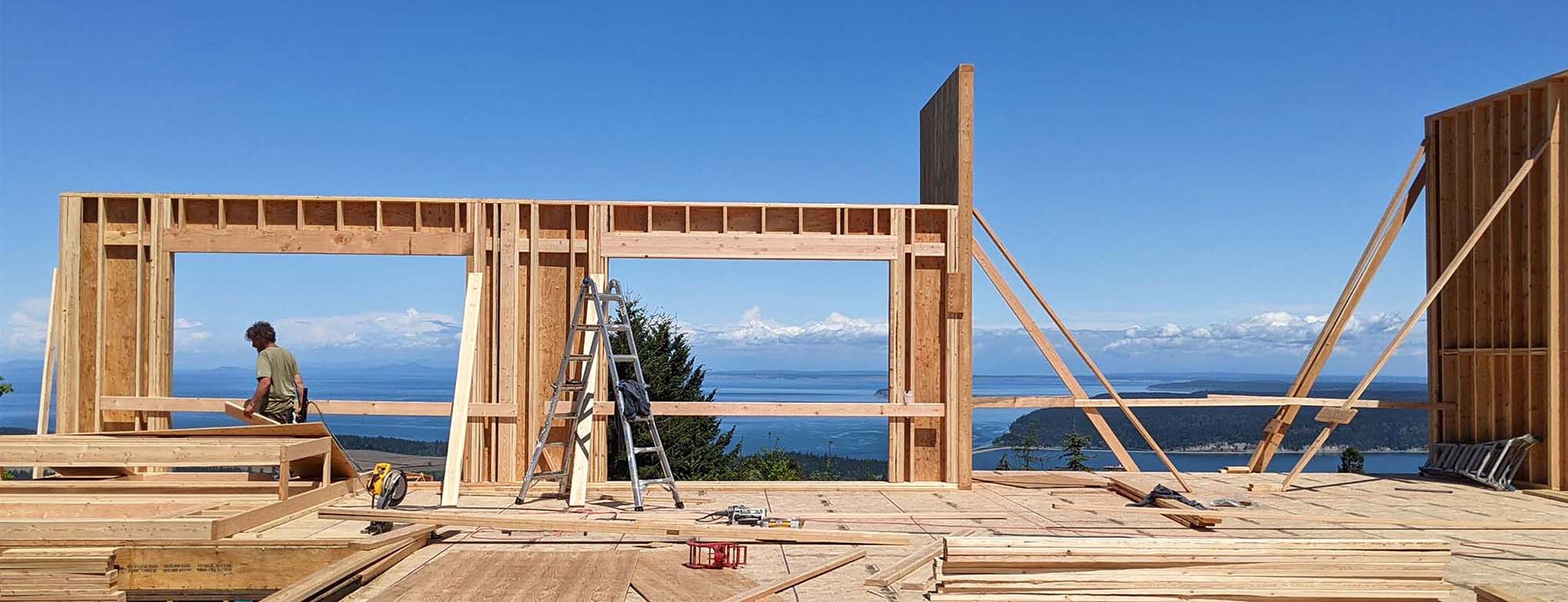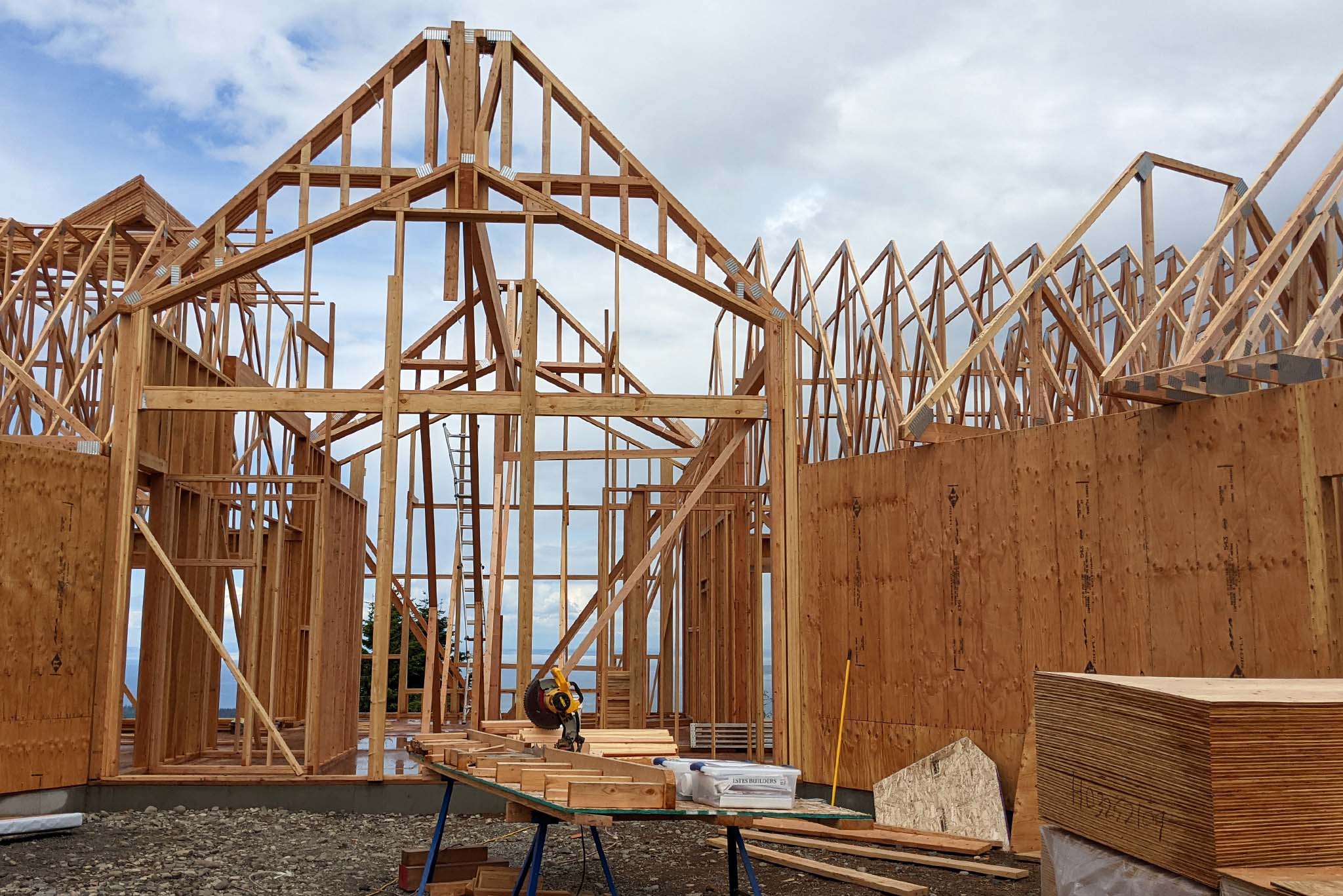Building a custom home is a big investment, so if you’re handy with DIY projects or have a friend in the construction business, you may be considering a “shell home” as a way of saving money. A shell home is one in which a custom builder constructs the structure of house up until the drywall, then the homeowner takes over to finish it themselves.
But while a shell home might be tempting, it presents a lot of potential challenges that can end up costing you more money and hassle in the long run. Here are a few things to consider if you’re weighing completing a home on your own.

• You’re the general contractor: Once you take over the home’s construction, you’re automatically in the role of general contractor, and that means hiring and coordinating with trades for those jobs you can’t complete yourself, such as electricians, plumbers, and masons. With the current labor shortage, it’s difficult for builders to hire subcontractors, even when they have long-standing relationships, so imagine the challenge of finding availability for a one-off project.
In addition, shouldering that responsibility will mean checking licenses, insurance, and records of each subcontractor you hire, as well as coordinating necessary inspections. A typical Estes Builders home has roughly 600 line items our team of professionals schedules and organizes; that’s a lot of responsibility for a homebuyer to bear on their own.
All of this can add up to much more time for your build—which ultimately will eliminate much of the savings you generated from doing the work yourself, if not all.

• Material acquisitions: Along with labor shortages, the construction industry is facing tremendous challenges with supply shortages and dramatic and erratic price increases. Builders have some leverage due to higher-quantity purchases, the ability to purchase in advance, and relationships with suppliers. DIYers may not have those benefits and therefore will have a harder time getting the products they want and may face unexpectedly high prices.
It also may be more challenging for you to exchange products that you mis-ordered. This task is easier for builders who have purchasing power behind them. It may take longer for a homeowner to get a replacement—and it may be pricier.

• Higher costs: Delays from labor shortages and material supply challenges, plus the fact that DIY work is likely to take longer, can cause your costs to increase as prices for everything continue to climb. In addition, consider that you’ll be paying for the cost of two homes for longer than if your builder was completing the job.
• Warranty concerns: Manufacturer warranties require proper installation; depending on the expertise of the DIYer and that of the subcontractors hired, you may face voided warranties if care is not taken.
• Quality concerns: Similarly, a custom builder is going to stand behind their work and will come back to complete punchlist items as well as issues that might occur down the road. With DIY work, repairs and fixes will be on your own, likely for additional money.

While it’s tempting to consider a shell home and complete some of the work on your own, it’s important to consider the long-term costs and hassles. Doing the work yourself will likely take much longer and present a number of challenges you hadn’t anticipated. In the end, the cost savings will be minimal, if at all, and the added time and stress won’t be worth it.

You’re hiring a custom builder for a reason. Working with your builder for the entirety of the build will ensure you dream home is completed on time, on budget, and to the highest quality.
Ready to get started? Schedule a home investment study with Estes Builders today.


